Good news from Africa
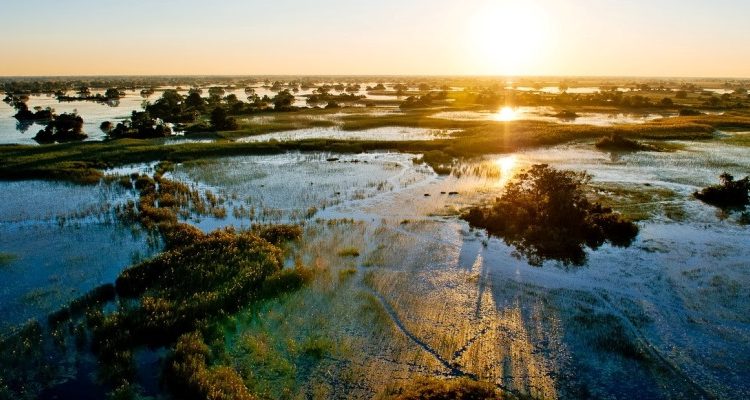
Regular updates from our partners in Africa keep us informed and inspired. From wild dog movements to camp upgrades it’s all logged this end so we’re totally up to date. We thought we’d share some of the good news stories that have popped into our inboxes over the last few months.
Gorongosa National Park
Gorongosa National Park in Mozambique considered by some to be the Serengeti of the south, with spectacular landscapes and incredible wildlife densities and variety. With the altitude ranging from 14 to 1900 metres above sea level, the vegetation changes from floodplain grassland through acacia savannah to miombo woodland, montane forest and rainforest. The park has gradually been extended to take in most of Mt Gorongosa, which then gives it among the greatest biodiversity of any reserve in Eastern and Southern Africa, and it extends to more than 4,000 square kilometres.
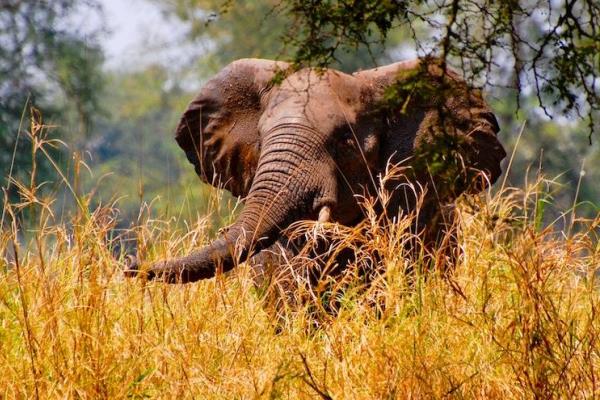
Elephant are returning to Gorongosa National Park
After the civil war in 1995 the Mozambique government embarked on a restoration and rehabilitation project with former senior park managers returning to leadership roles to restore this gem of biodiversity. The Carr Foundation signed an agreement with the authorities in 2004, and invested $10 million between 2004 and 2007, to begin restoring the park infrastructure and wildlife, and reviving the local economy. The latter part of the plan is crucial for reducing the local people’s wish to hunt the wildlife and cut the forest for fuel, and improving their living standards. It also greatly helps improve security for the people and the wildlife. The Carr Foundation has subsequently signed a 20 year management agreement with the Mozambique government to continue to restore and manage the park.
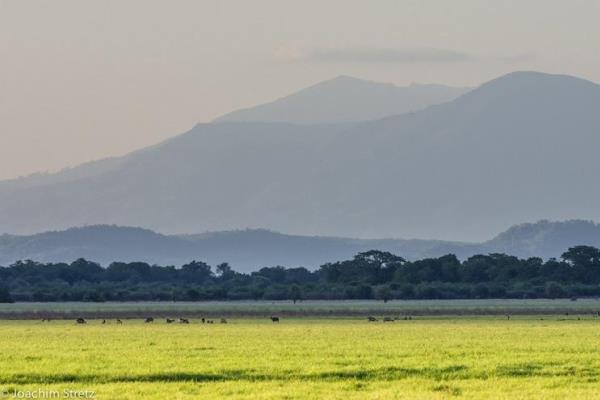
Views across the plains towards Mount Gorongosa
Thanks to all of the restoration work, schools have reopened, local people have begun growing coffee and farming honey, and education has been a key factor in many women now holding important jobs locally, including Gabriela Curtiz who is safari guide in the national park, Dominique Concalves who is an ecologist and scientist running the Gorongosa Elephant Project, and Larissa Sousa who runs the Girls Club to encourage families to send girls to school in 50 nearby villages. One third of the park’s employees are women. The park’s head warden, Pedro Muagara, has started a highly successful tree planting programme which also has a tree nursery. He talks to schools and local people wherever he can to spread the message about the importance and value of trees. His message has been well received with many enthusiastically taking part in replanting.
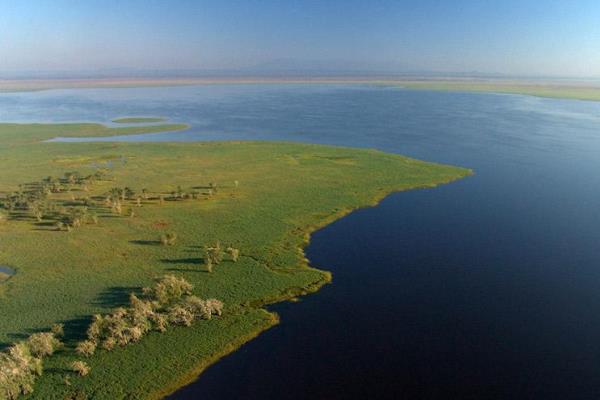
Lake Urema, Gorongosa National Park
Muzimu Camp is due to open when tourism resumes. Several other safari operators have ambitions to open lodges in the reserve, including South Africa’s renowned Royal Portfolio.
Please have a look at this video to see more about this remarkable story of hope and rebirth.
Rains in Southern Africa and water levels in Botswana
How a year can change things, as Southern Africa recovered from several years of severe drought. Water levels in the Okavango Delta and at Victoria Falls last year were also the lowest recorded for several decades. Camps in the Okavango Delta that normally offer water focused activities such as boat trips and mokoro excursions, could only operate wildlife drives in open vehicles. This year, thanks to the amazing flood that has arrived from Angola, all the water activities are back in full force. Furthermore, the Boteti River is flowing again, taking life giving water into the Makgadikgadi Pans.
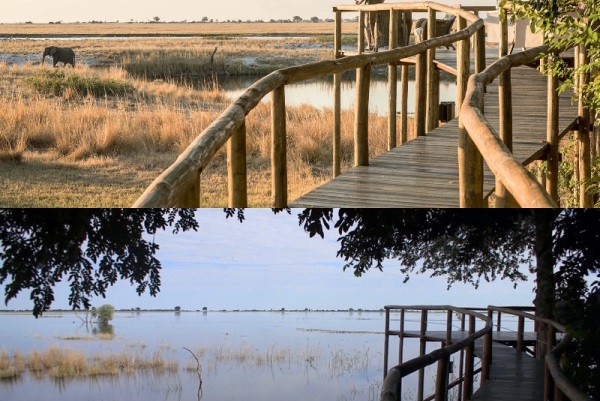
What a difference a year makes. Water levels at Chobe Savanna Lodge 2019 and 2020
Victoria Falls was the subject of some laughably inaccurate reporting last year, with global media outfits claiming it was drying up….what they failed to mention is that the Falls always get quite dry in November, every year in fact, so this was not news to Africa specialists like us. However, water levels this year are phenomenal, and higher than they’ve been for a long time leading to huge curtains of spray and an astonishing volume of water plunging over the Falls every second. One thing has not changed though; this flow will decline until November, after which it should begin to increase once more.
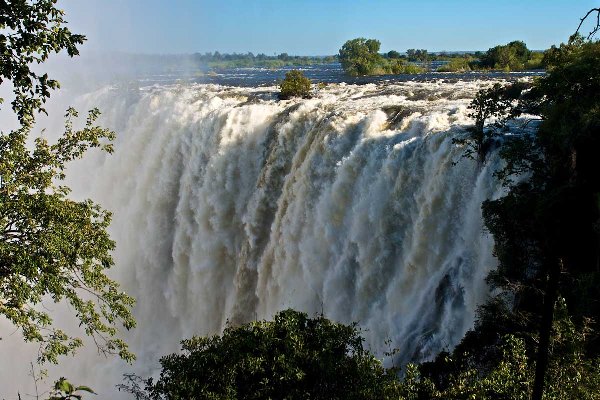
The Victoria Falls in full flow. Royal Livingstone Hotel.
Reteti Elephant Orphanage, northern Kenya
The Namunyak Conservancy extends to a bit over 1,000 square miles of northern Kenya, taking in much of the Mathews Ranges and the savannah to the east. It is a renowned conservation success story; a regenerated wildlife habitat with plenty of elephant trimming back the bush and opening up new waterholes for other herbivorous wildlife, while at the same time improving the quality of the pasture for the Samburu people’s livestock. As an example of humans and wildlife coexisting peacefully and for mutual benefit it’s hard to beat. Wildlife numbers and variety increase year on year, as do the revenues from tourism for the local people.
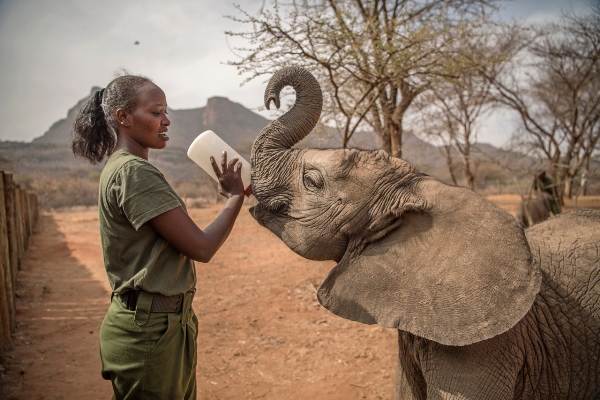
Feeding one of the residents at the Reteti Elephant Orphanage
A measure of the Samburu reverence for wildlife is the foundation of the Reteti Elephant Orphanage, which is a project that was driven by the Namunyak community’s wish to do something for the wildlife that has done so much for them. Even without poachers, inevitably some elephant babies end up motherless, and the orphanage helps them until they are old enough to return to the wild. They also help other species such as reticulated giraffe and Grevy’s zebra, which are also endangered and endemic to northern Kenya.
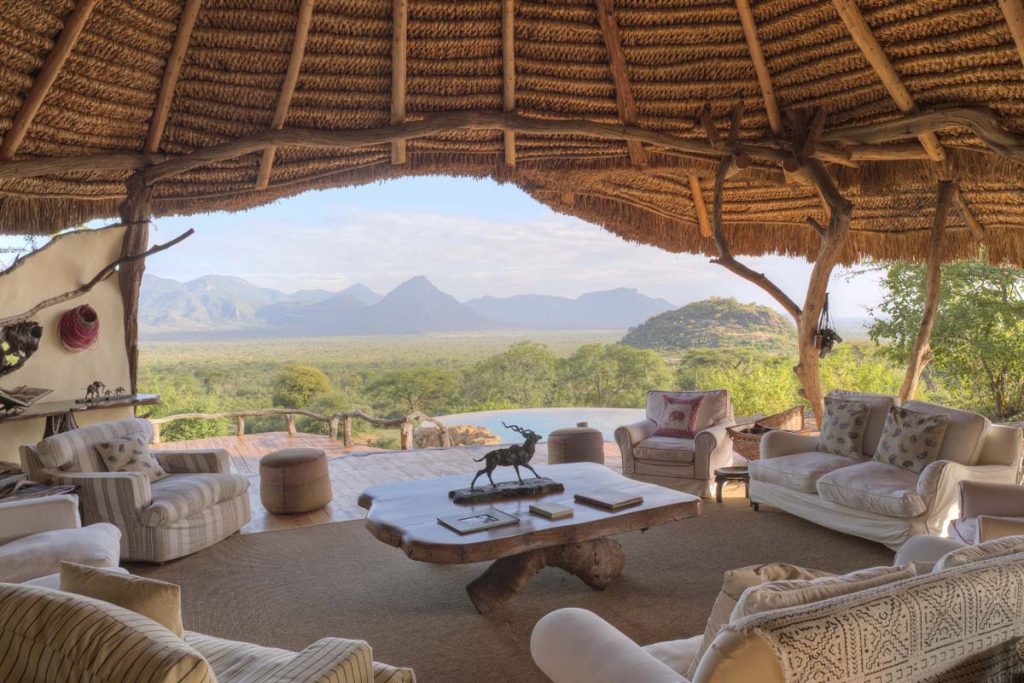
Magnificent views from Sarara Camp
There are opportunities to visit the orphanage at given times each day, and visits can be arranged in advance through Sarara Camp or the handful of other lodges in the locality.
Gorilla populations on the increase
Once critically endangered, mountain gorillas were expected to be extinct by the arrival of the millennium. However, over the past few years, gorilla numbers have actually been increasing in one of Africa’s most notable conservation success stories. We were delighted to read about the arrival of two baby gorillas in Uganda’s Bwindi Impenetrable National Park in May. Every birth is a success for the species and these two join the Nshongi and Muyambi families. The excellent protection in place and the ever growing population hopefully means that their future is becoming more secure each year.
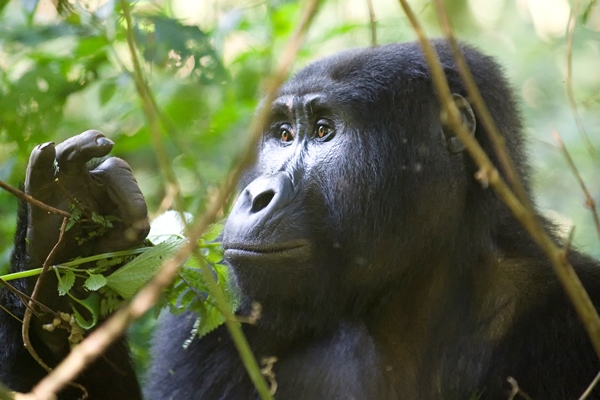
Gorilla tracking in Bwindi Impenetrable Forest. Bwindi Volcanoes Lodge
New openings
Time hasn’t stood still when it comes to new openings and a clutch of stunning new lodges is set to start welcoming guests over the next few months. Luxury lovers will enjoy Xigera Safari Lodge on the aptly named Paradise Island in the Okavango Delta. Elegant accommodation, superb wildlife viewing and excellent eco-credentials are the hallmarks here. For families, Nkarhi Homestead is a gorgeous looking exclusive-use property in the Timbavati Reserve. From the owners of Aardvark Safaris’ favourite Tanda Tula this old farmstead is full of character in an area choc-full of wildlife.
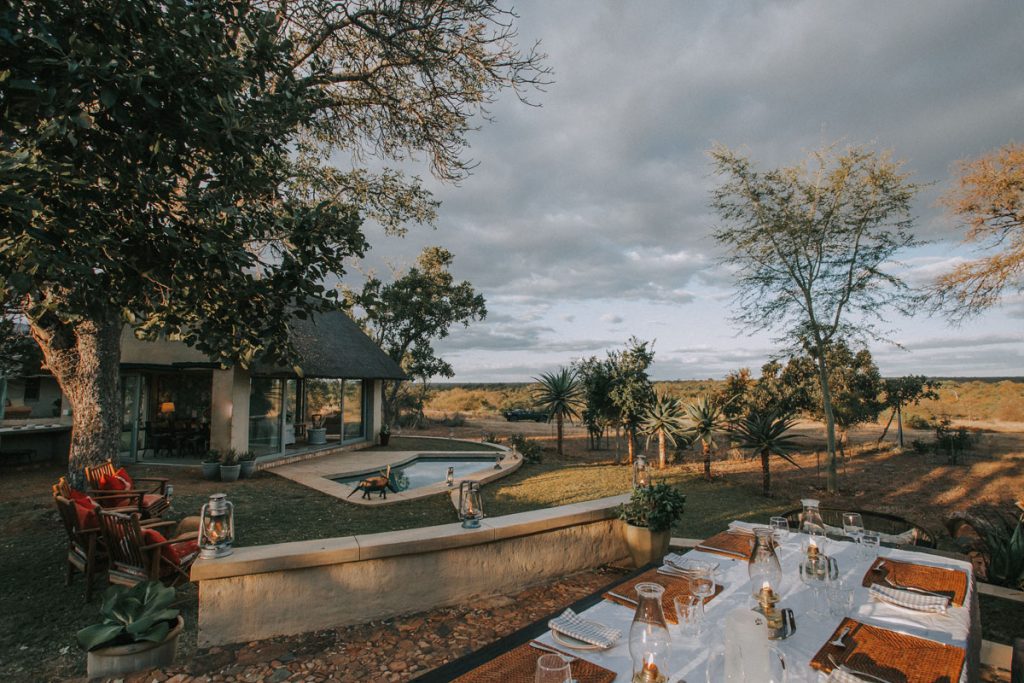
Al fresco dining at Nkarhi Homestead
On the beach we’re looking forward to Azura Marlin Beach coming to life – think Robinson Crusoe with laid back beach bar and funky Mozambique design, all in a pristine marine national park. Then there’s the unique Kruger Shalati where a converted train, stationed on a disused railway bridge, will house 24 luxury rooms. With incredible views over the Sabie River guests will be able to swim in the pool or relax on the deck and admire the crocodiles, hippos, buffalos and elephants enjoying the water way down below.
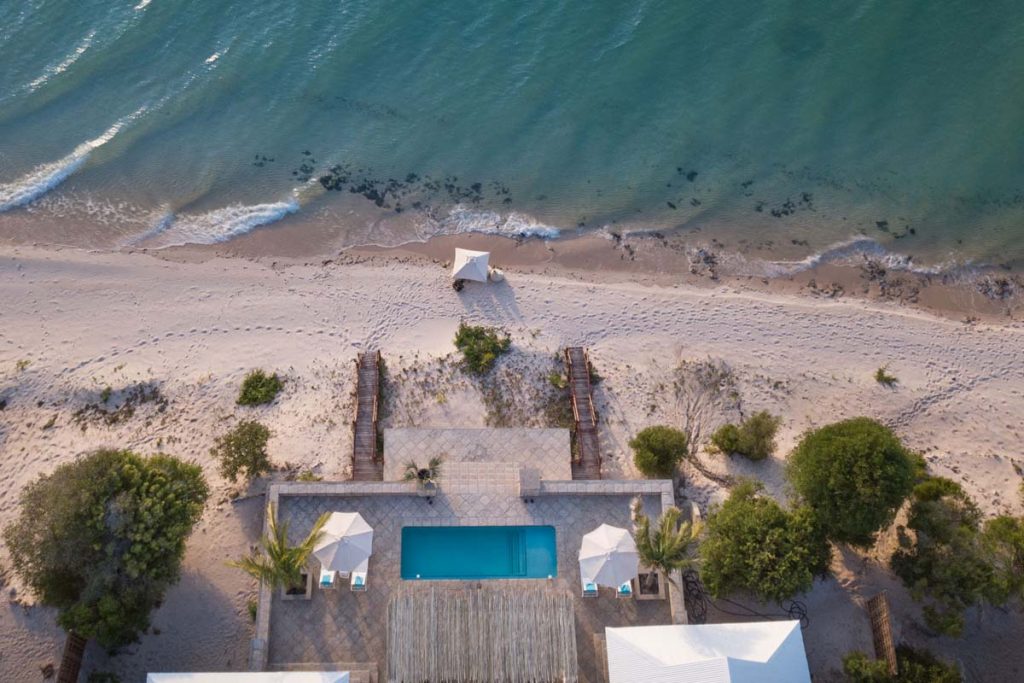
Azura Marlin Beach
Rising wildlife populations and increased community engagement in northern Kenya
Borana and Lewa Conservancies comprise 92,000 acres of beautiful country just north of Mt Kenya, with varied landscapes and habitats that provide wonderful wildlife country. The combined reserve has excellent populations of black and white rhino, elephant, buffalo, Grevy’s zebra, reticulated giraffe, eland, waterbuck, impala and a good number of cheetah, wild dog, lion, leopard and hyena. The bird life is superb too. Next door, to the northwest of these models of private conservation, lies the 40,000 acre Il Ngwesi community conservancy, which also has ever improving wildlife numbers. The Masai community whose land it is have fully taken on the role as guardians of their land and wildlife, and have requested the opportunity to establish a rhino sanctuary here too. 7,000 acres have been fenced to provide a safe and secure home for 20 black rhino, enabling the reintroduction of this fantastic pachyderm to land which it once roamed freely.
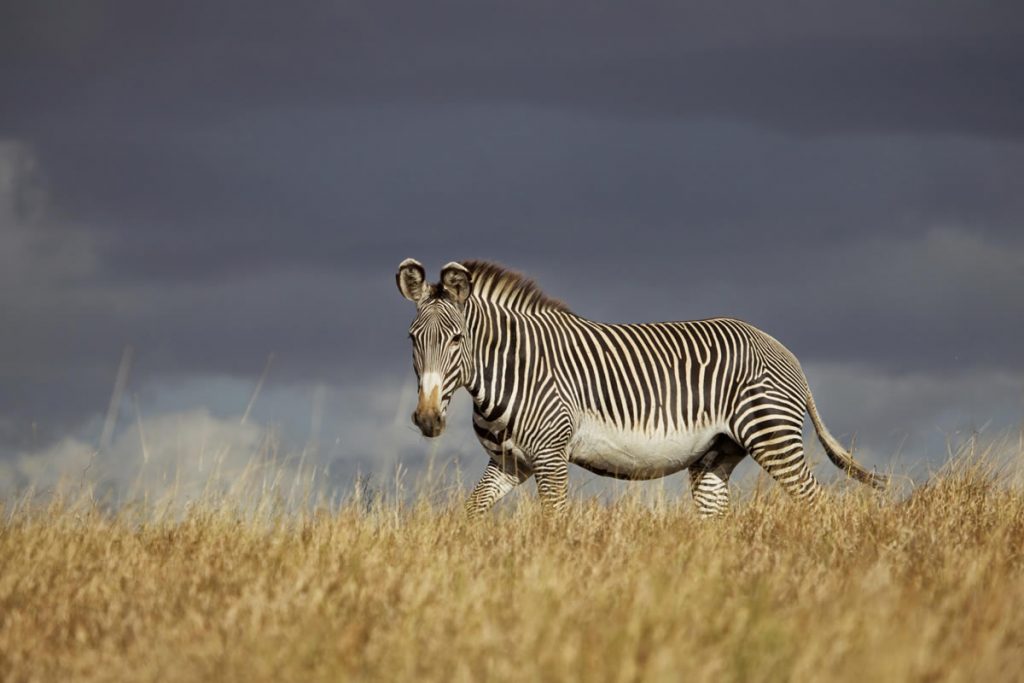
Grevy’s zebra in the Lewa Conservancy
The broader Laikipia Ewaso Ecosystem, which stretches far to the north to the Samburu National Reserve and the Northern Rangelands and west to the Laikipia Plateau and the Rift Valley escarpment, holds the greatest diversity of large mammal species of any similar sized habitat on earth. Elephant too are making good use of the much improved protection afforded to wildlife to re-establish ancient migration routes that have not been used for decades, and increasing numbers of lion are to be found here too.
What next?
If we have inspired you to dream about future safaris, please do get in touch – we would be delighted to chat, no matter how early in the decision making process you might be. Email is probably the best way to contact us right now and we’ll respond as quickly as we can – usually on the same day. We very much look forward to talking to you.
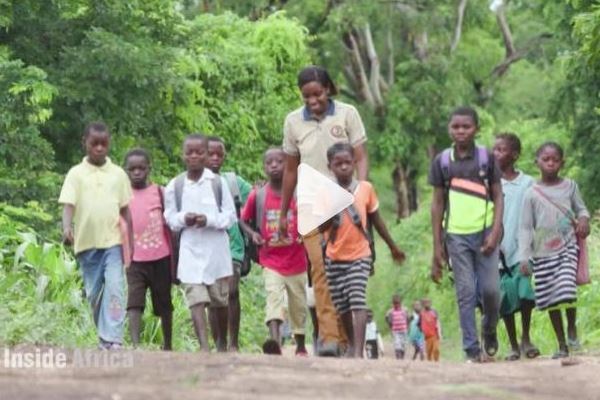
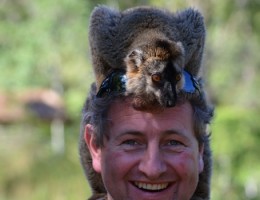
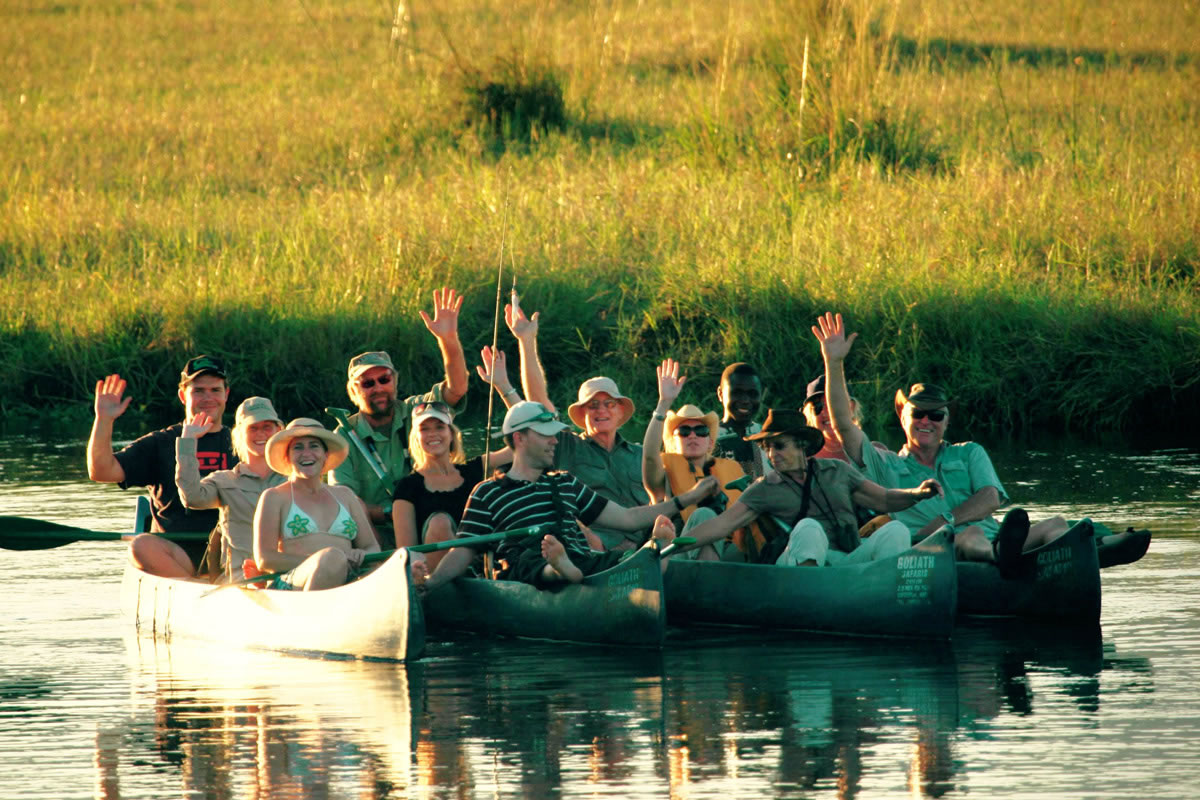
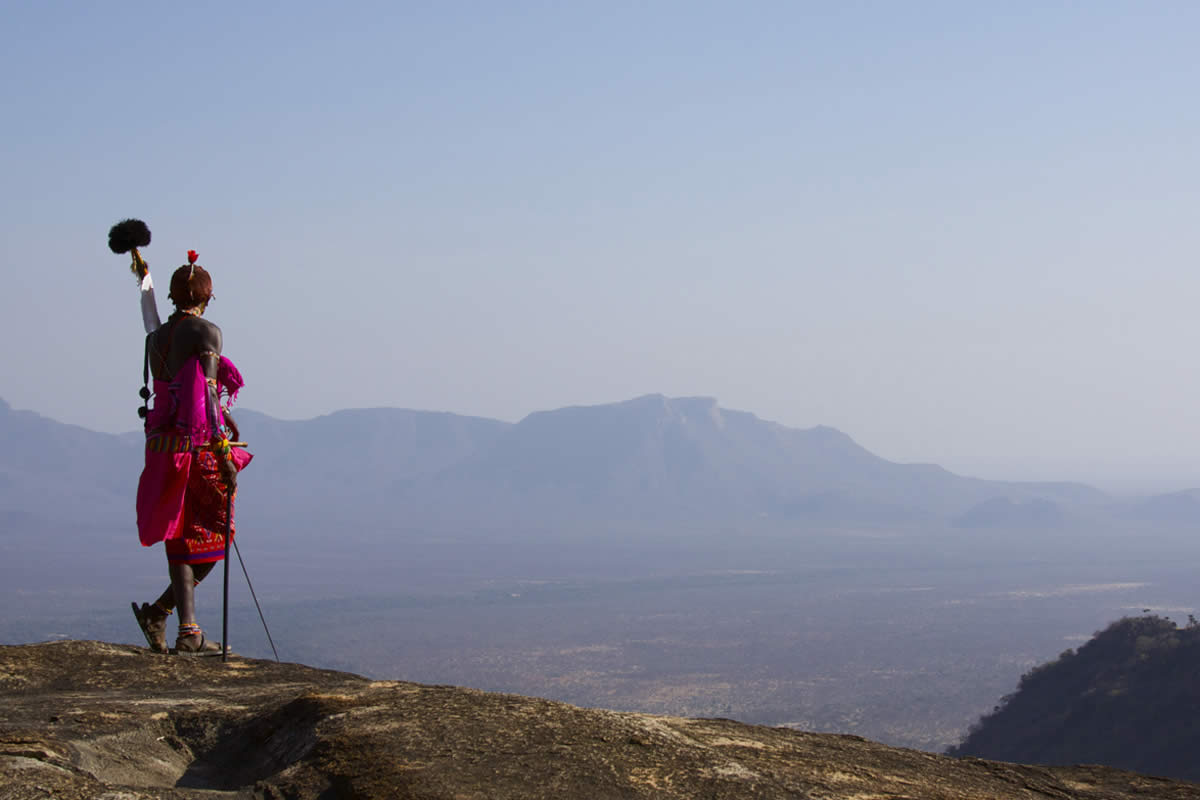
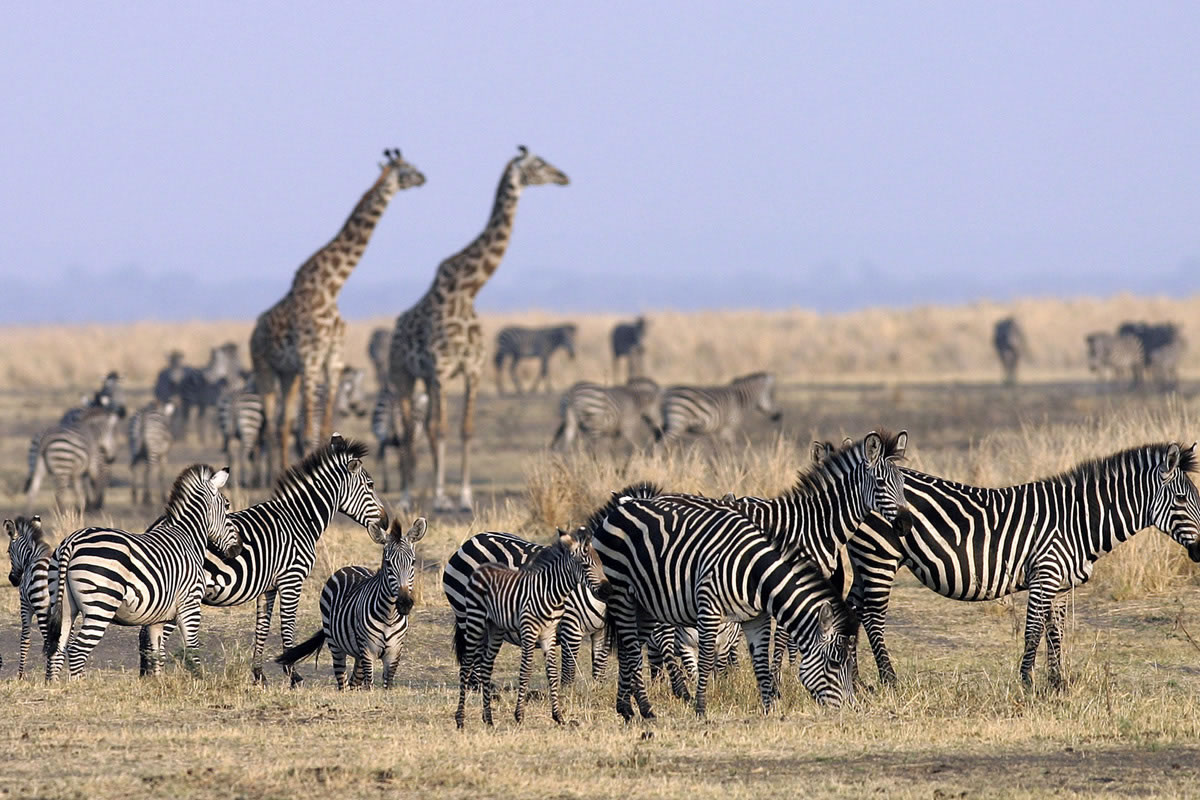

Leave a Reply